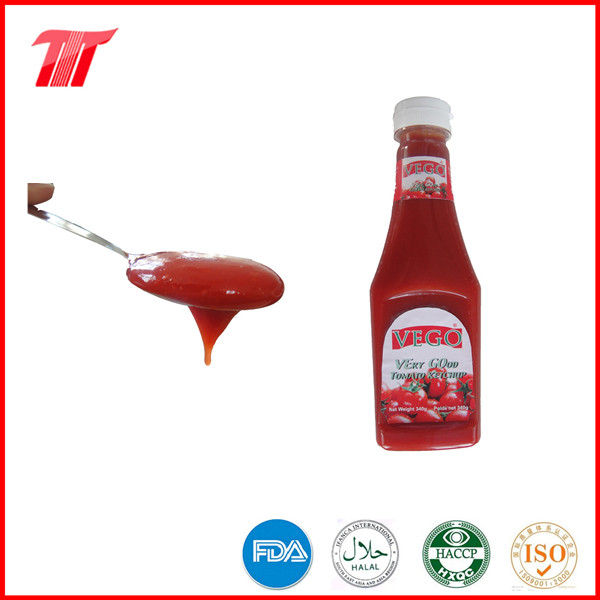Poplar rotten disease is a common disease of poplar in Shenyang area. In recent years, due to the rapid expansion of planting area, the area of ​​disease has increased. Poplar rotten disease mainly occurs in the skin, showing dry rot and branch dry (blight). The dry rot mainly occurs in the trunk, branch, and tiller. The dark brown edematous lesions appear irregularly in the skin at the beginning of the disease. The cortex rots and softens. The uplifted patches gradually lose water, and they shrink and sink, and even produce turtles. crack. When the skin was observed, the lesion had a dark brown rim, no fixed shape, and a light taste of alcohol. Blight type occurs mainly on seedlings, saplings, and large branches. It is dark gray at the initial stage of disease, and the diseased part rapidly expands. If the lesions surround the trunk for one week, the branches that have died from it will die. The pathogen is a fungus, which can not only live in parasites, but also live in long-term rot in dead trees, cuttings, fences, scaffolds, etc., and become a source of infection. When trees appear wounds, freeze damage, wind damage, or drought dehydration, trees become infective. The pathogenic bacteria also have the characteristics of latent infection. When the trees grow vigorously, the latent tree body is in a static state, and there is no abnormal performance at the tree body. It is only when the growth is debilitating that the infection activity occurs. Its occurrence is closely related to tree species, age, density, and orientation. The victims of slow seedlings after transplant are heavy. Shrubs with a canopy density of less than or equal to 0.7 are subject to squeezing trees, sidewalks of shelterbelts, and frost damage. Drought, sandstorm, hail and other trees with weak growth potential are susceptible to disease.
In the spring of 2006, there were more than 50,000 acres of poplar rotten in Shenyang, with 2.75 million susceptible strains and approximately 630,000 dead plants. Serious cases occurred in Liaozhong County and Xinmin City. Poplar species that suffered serious damage included 107 poplars, 108 poplars, 3930 poplars, and Tianyan poplars. The rate of severely affected plots and dead plants was as high as 80%. The Netherlands Yang, Shalan Yang, and Liaoning Yang also occurred. The susceptible strain rate was 30-50%, and the death rate was 20%. The diseased trees are between 4 and 10 years old, and the youngest trees are 4-5 years old. The control method is as follows.
1, enhance the tree potential. After the planting, timely cultivating and weeding, irrigation and fertilization were applied, and the lower part of the trunk was painted white in early winter and early spring. Create semi-permeable forest belts and protect small shrubs on the windward side. The cuttings should be stored in a cool place below 2.7°C to avoid invading germs and reducing their viability. Strengthen seedling management.
2, to strengthen the quarantine of origin and transport quarantine. Diseased seedlings were found to be treated in time. For large poplar seedlings imported from outside, not only quarantine treatment is required, but also water loss of seedlings is prevented during transportation.
3, selection of disease resistant varieties. We must use cold-resistant, drought-tolerant, salt-tolerant, sun-resistant, and barren-resistant varieties. Pruning should be scientific and reasonable, and be diligent, weak, timely, and smooth.
4, drug control. For forest trees with lighter disease severity, decomposed enemies, thiophanate-methyl, and thibetamides were applied in the first half of May to control the development of lesions and gradually heal the lesions.
5. Completely clean up the dead tree. The forestry with more serious diseases, with the approval of the competent forestry authorities, shall promptly clean up the dead trees, eliminate the trees with no reserve value, and properly handle the dead trees.
Tomato Ketchup in plastic bottle - Our new product. We can do different types tomato ketchup as per customers' requests and markets quality standard, the paste is normal natural red color tomatoes. Quality is always our life, so we try our best to keep our high quality. Our normal size is 340g. Waiting for your inquiry!
*Related Products:Tomato Paste for benin,high quality tomato paste,spcicy tomato paste.

Tomato Ketchup
Tomato Ketchup,Green Ketchup,Canning Ketchup,Different Packagings Tomato Paste,Tomato Sauce
Hebei Tomato Industry Co., Ltd. , https://www.hebeitomato.com